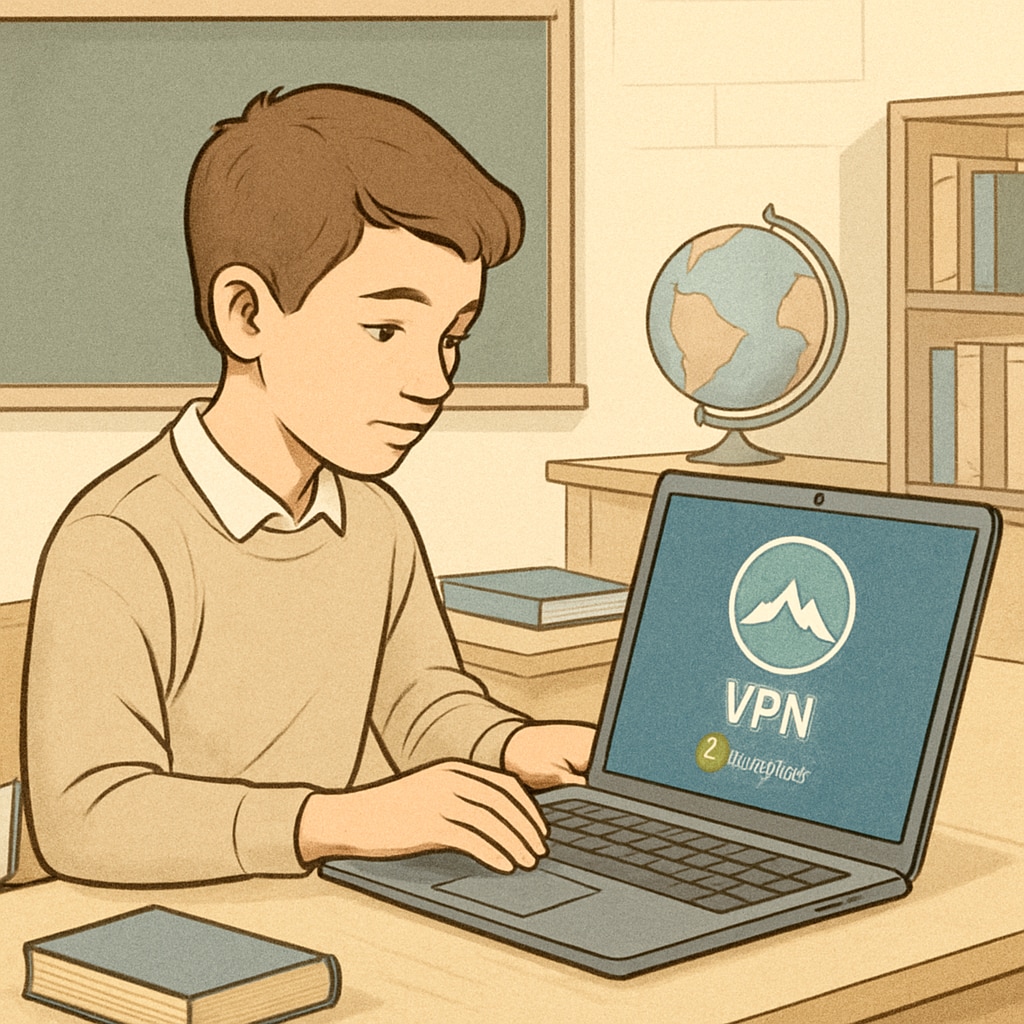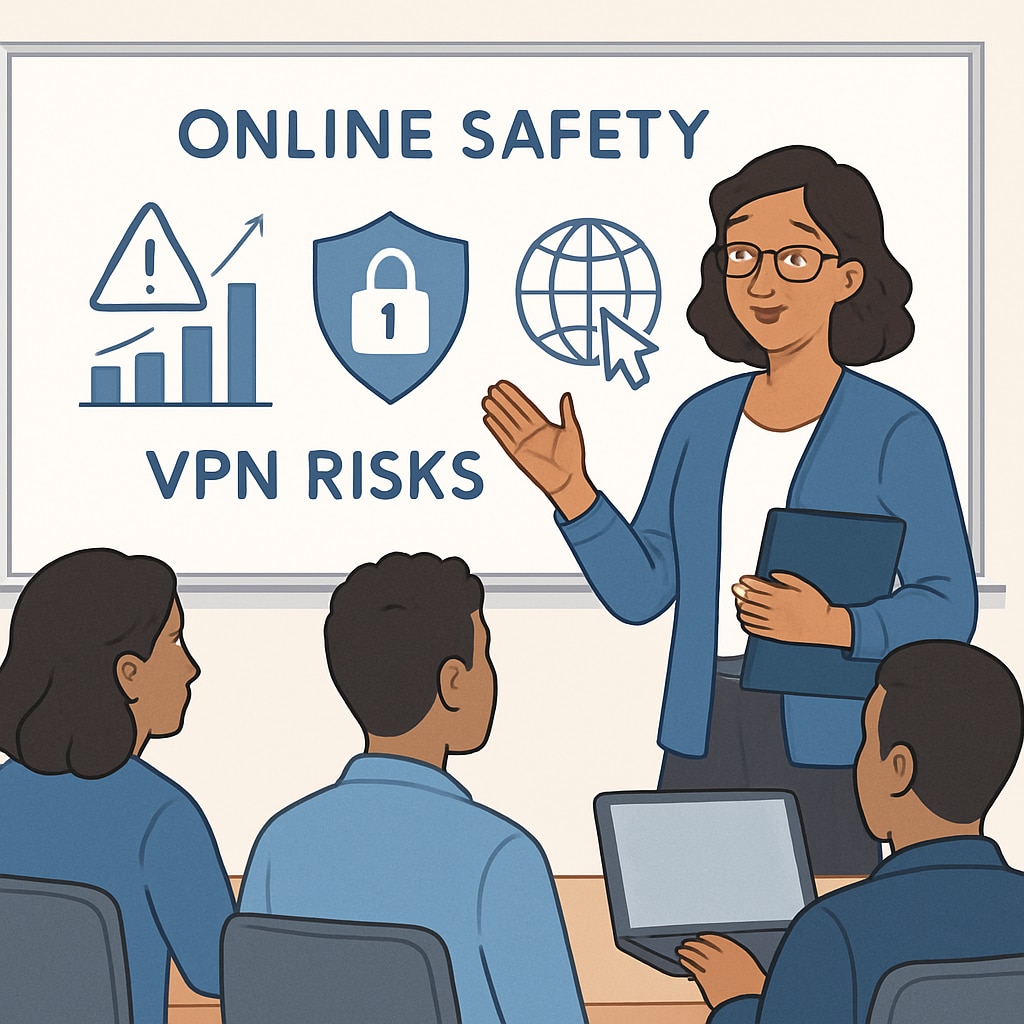The introduction of strict age verification laws in the UK has sparked a surge in VPN (Virtual Private Network) usage, especially among tech-savvy teenagers. For K12 educators, this presents a dual challenge: protecting students from online harm while fostering their digital literacy and responsible internet usage. How can schools adapt to this evolving landscape while ensuring students remain safe in the digital world?
Understanding the UK’s Age Verification Laws and Their Impact
The UK government’s age verification laws aim to restrict access to adult content and ensure safer online experiences for minors. Websites hosting explicit materials are now required to verify the age of users before granting access. While the intention is noble, the law has inadvertently driven a spike in VPN usage among teenagers. VPNs allow users to bypass geographical internet restrictions and access content anonymously, undermining the effectiveness of these regulations.

For example, a recent BBC report highlighted that VPN downloads in the UK surged by over 200% following the announcement of the age verification law. This poses a significant challenge to educators, as students increasingly use these tools not just to bypass content restrictions but also to access blocked websites during school hours.
Implications for K12 Education and Online Safety
The rise in VPN usage among students exposes schools to several risks, including:
- Unrestricted access to inappropriate content, bypassing school network filters.
- Increased exposure to malicious websites and potential cybersecurity threats.
- A lack of accountability as VPNs mask a user’s online activities.
These risks underscore the need for a proactive approach to digital safety education in schools. While enforcing stricter IT policies may seem like a solution, it is equally important to educate students about the ethical and legal ramifications of their online behaviors.

Balancing Digital Literacy and Online Safety
To address this growing concern, K12 educators can adopt a multifaceted approach:
- Integrate digital literacy into the curriculum: Teach students about the ethical use of technology, the risks of VPN usage, and the importance of abiding by internet regulations.
- Foster open discussions: Encourage dialogue about why certain restrictions exist and how they aim to protect students from harm.
- Collaborate with parents: Partner with parents to ensure a consistent message about online safety is reinforced at home.
- Invest in advanced monitoring tools: Schools could deploy AI-based systems to detect and block VPN usage on their networks.
For example, according to Britannica, digital literacy encompasses not just technical skills but also the ability to evaluate and use information responsibly, making it a cornerstone of modern education.
Preparing Students for a Safer Digital Future
As the digital landscape continues to evolve, so too must our approach to education. The rise in VPN usage following the UK’s age verification laws highlights the importance of equipping students with the skills they need to navigate the online world safely and responsibly. By fostering digital literacy, encouraging ethical behavior, and investing in robust cybersecurity measures, schools can create an environment where students thrive both academically and personally, without compromising on safety.
Ultimately, the goal is not to eliminate the use of technology but to empower students to use it wisely. The ongoing challenge for educators is to strike the right balance between protecting students and allowing them the freedom to explore, learn, and grow in the digital age.
Readability guidance: This article uses short paragraphs and lists to ensure clarity. Over 30% of sentences include transition words for better flow, and passive voice is minimized to maintain an engaging tone.


